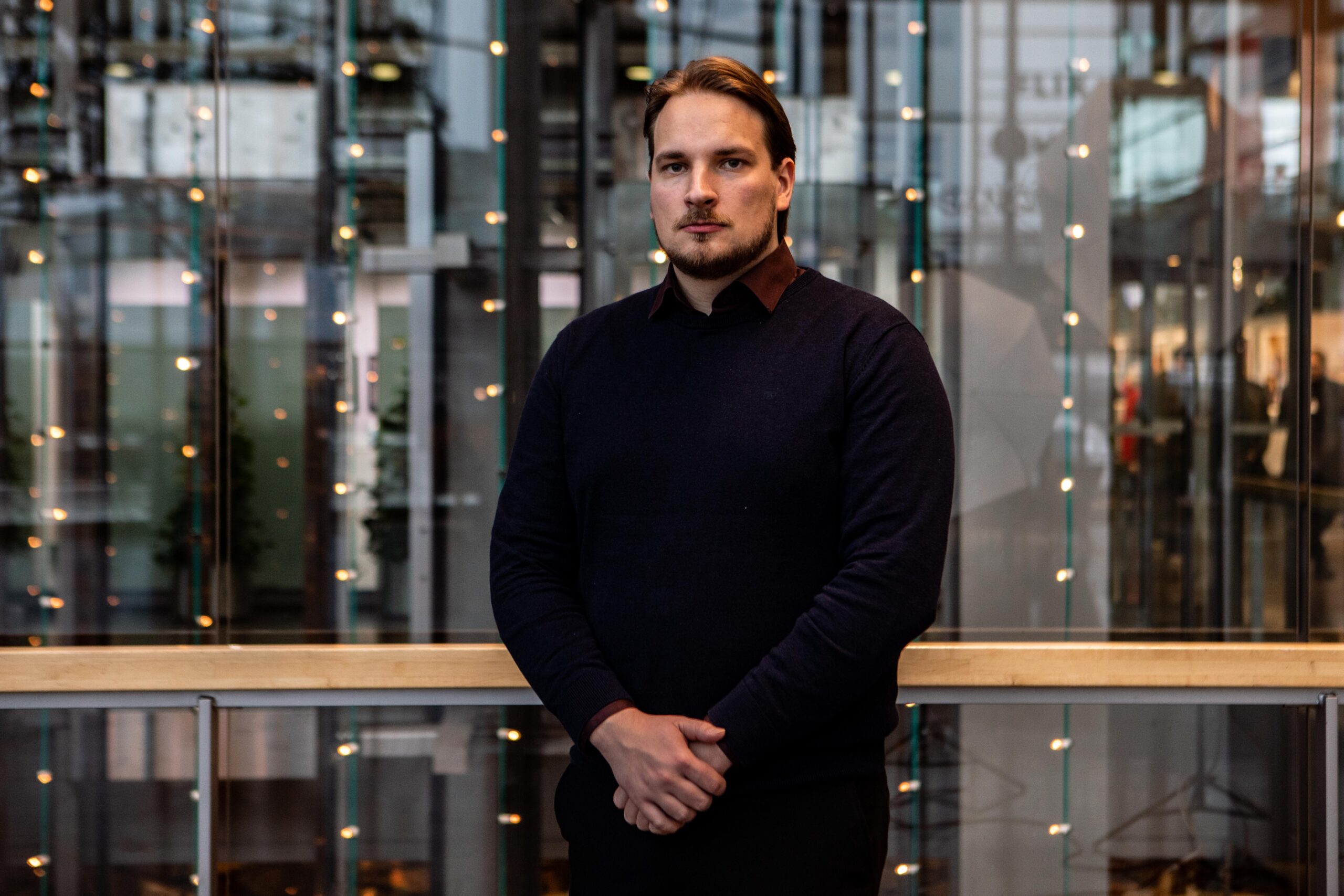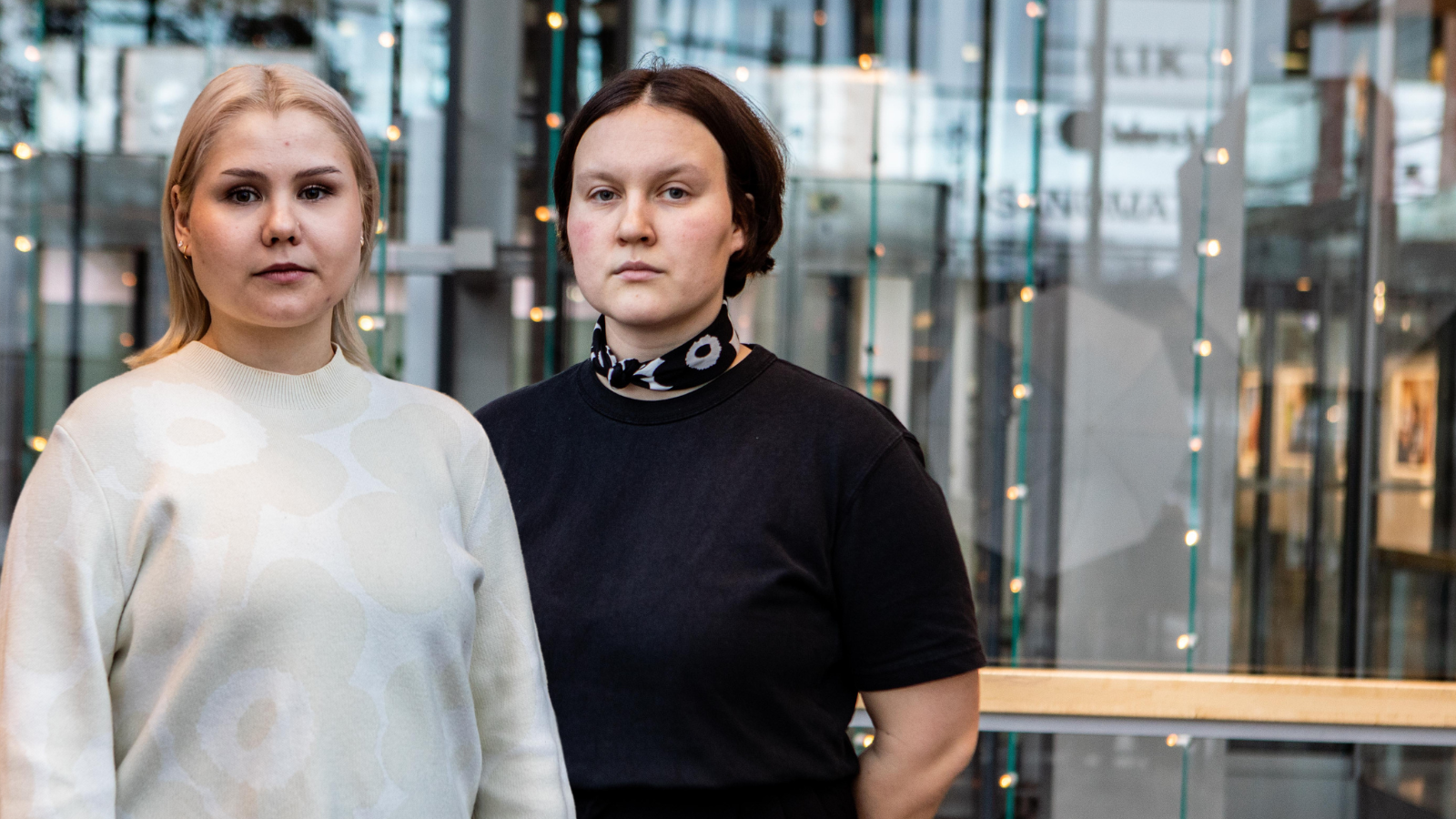Nearly 80 per cent of the new jobs that are created require skills at university level. This is stated in the document Jatkuvan oppimisen uudistus – Miten työikäisten osaaminen varmistetaan by the Ministry of Education and Culture. Finnish people have a high level of competence on an international level, but the people who already have a good job market position and structural opportunities to succeed are much more likely to develop their competence. That means that not everyone has equal access to training.
In order to respond to the more varied skill requirements caused by the transformation of work and to reduce social inequality, the goal must be that more and more people from different backgrounds can gain as much education as possible. This is why the Ministry of Education and Culture has started to prepare an accessibility plan for higher education. The aim of the plan is to increase the levels of education and competence in all stages of education, narrow down differences in learning and increase equality in education. The Government deserves some recognition for being brave enough to try to investigate and improve the access to education, because there is a lot of work to do.
The national vision for higher education 2030 aims for at least 50 per cent of each age group to gain a university education. Reaching this goal will require a joint vision and systematic measures on all levels of education, from early childhood education to higher education institutions.
The accessibility of higher education is made up of many parts, and some of them relate to a person’s earlier education path. We must intervene in gendered educational choices starting in early childhood education for example through gender sensitive education. Attention must also be paid to the impact of families’ socio-economic background at all levels of education.
The access to education often comes to a halt at transition stages. Sometimes there is no guidance available, and sometimes previous grades will shut the door into higher education. That is why every learner should be guaranteed individual, high-quality study guidance by decreasing the number of students per study counsellor. At educational transition stages, learners should be able to move into higher education regardless of their grades in secondary education.
It is also possible for higher education institutions to make education more accessible – and they should. They should for example offer flexible ways of studying with different kinds of study methods for students with a long-term or sudden illness, learning difficulties, families or who are single parents. We have already had some excellent trials on flexible remote learning during the state of emergency caused by the coronavirus, and we will probably be able to find some good new ways of working in this difficult situation which may increase the accessibility of education in the future.
It is important that the working group appointed by the Ministry also looks at the universities’ internal and local accessibility plans. In terms of the bigger picture they must also take care of one of the most important cornerstones of Finnish education, i.e. a free higher education, which is one of the main foundations promoting educational accessibility in all our history.
One of the main issues in the work on the accessibility plan is the inclusion and competence of underrepresented groups. Even though the Finnish education system is seen as a model of equality, higher education is not in fact equal for all segments of the population. One good approach to improve accessibility is the separate application systems for underrepresented groups, which the universities of applied sciences have already offered e.g. for applicants with a Roma or immigrant background. It is worth considering whether the education system should include specific measures aimed at underrepresented groups, such as customisable education models, teaching methods and support. It is also important to identify and recognise the reasons for a certain group being underrepresented.
We must look for multidisciplinary methods and for example use intersectional feminism as a tool to promote everyone’s opportunities to access higher education. Access to education does not happen of its own accord; it requires strong, proactive, measurable and therefore effective measures. National plans are not always enough, because we also need measures that suit local requirements.
Competence anticipation, a national accessibility plan and concrete and practical goals and measures are clear steps towards educational equality.
Paula Karhunen
Board Member
Touko Niinimäki
Social Policy Adviser




